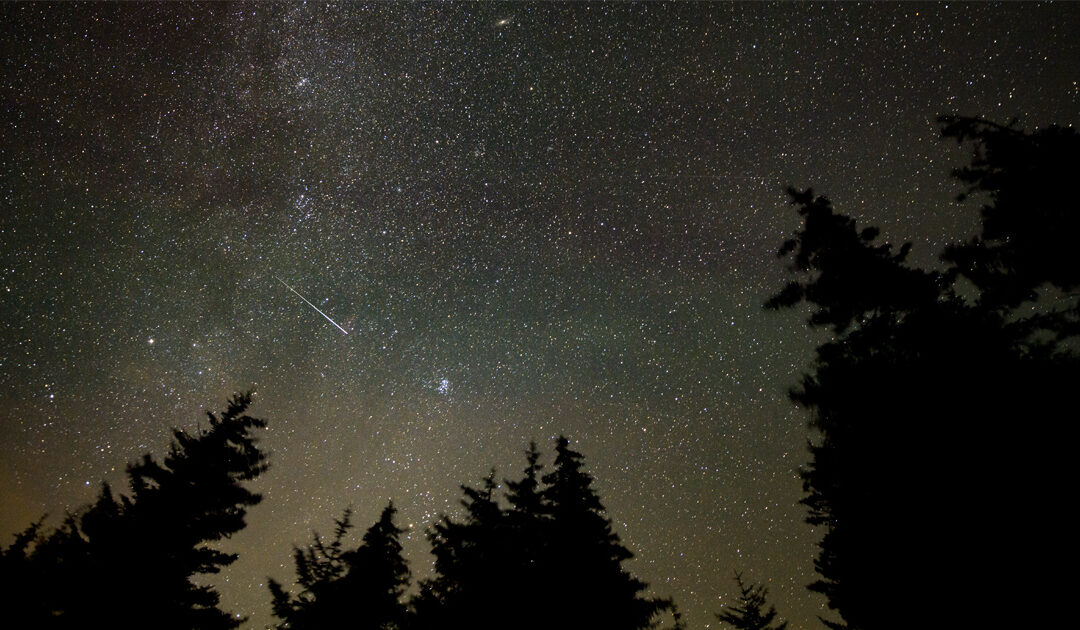First recorded sitings of the Lyrids meteor shower date back to 687 BCE, noted by astronomers in China, although the comet that is the source of the meteors wasn’t discovered until 1861.
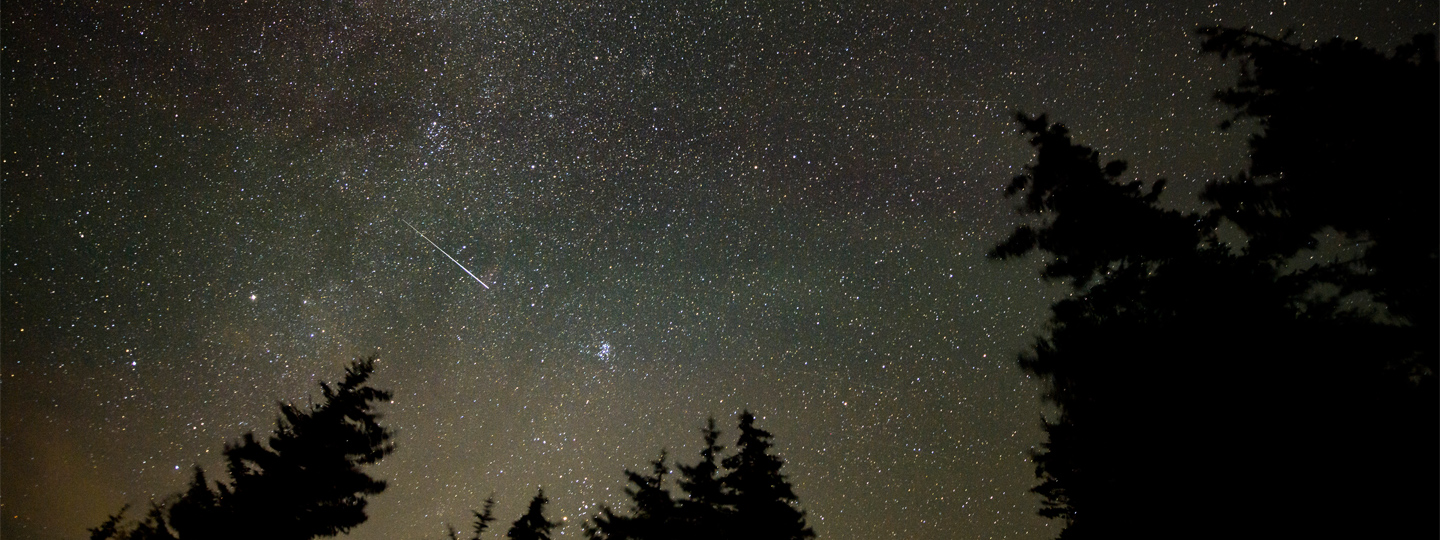
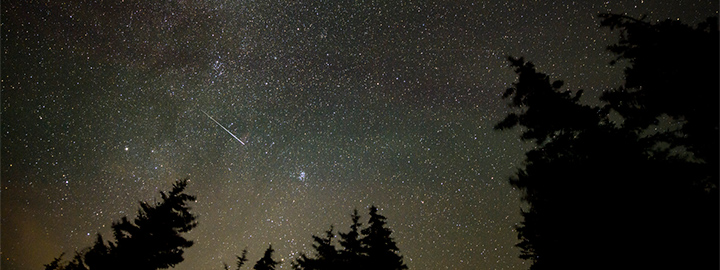
Stargazing: Lyrids Meteor Shower and the Crab Nebula
April 25, 2025
Julie Silverman, Carnegie Science Center“The quality of mercy is not strained; it droppeth as the gentle rain from heaven,” wrote William Shakespeare. With the peak of April’s famous meteor shower on April 22, the day before Shakespeare’s birthday, “dropping from the heaven’s” will be the annual streaks of Lyrid meteors. Most of the activity will be in the early morning hours, radiating from an area near the bright star, Vega and best seen in dark skies.
First recorded sitings of the Lyrids meteor shower date back to 687 BCE, noted by astronomers in China, although the comet that is the source of the meteors wasn’t discovered until 1861. Early methods of sky observation, developed by Chinese astronomers, lead to astonishing findings. Some of the biggest astronomical discoveries include the first recorded siting of Halley’s Comet, the earliest known observations of sunspots, and a first known record of a supernova.
On July 5, 1054, Chinese astronomers noted the sudden brilliant appearance of an object four times brighter than Venus. They called it a “guest star,” and saw it in daylight for 23 days.
Known for meticulous records, the astronomers also chronicled the date the supernova faded from view. April 22, 1056, marked the last observation of the surprise object located between the horns of the constellation, Taurus the Bull. The ancient massive stellar explosion is now known as, “The Crab Nebula.”
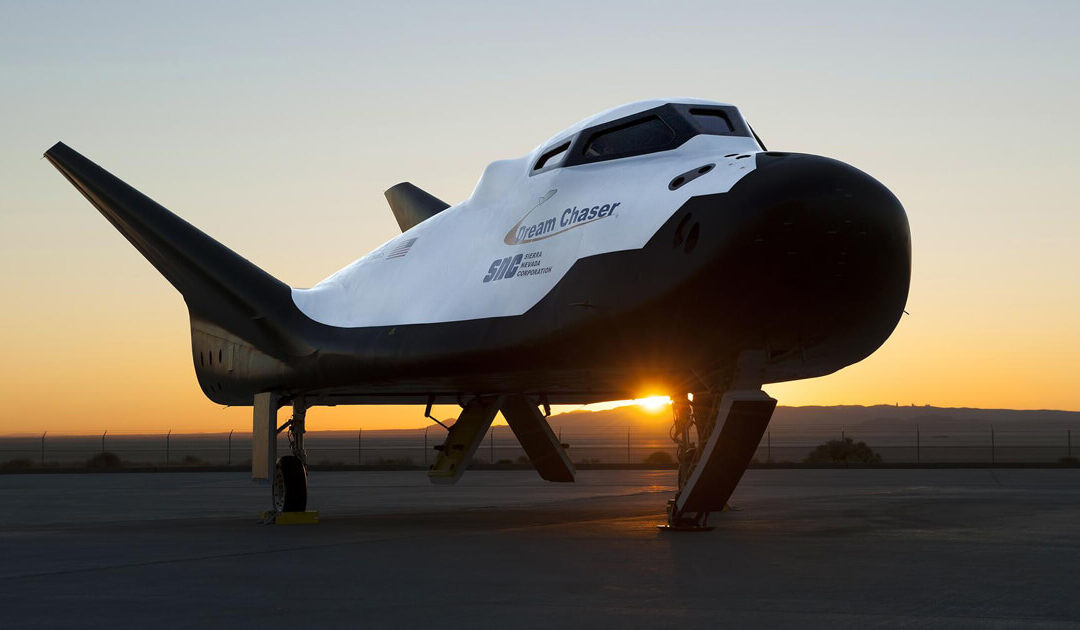
Stargazing: ULA Vulcan Centaur: Sierra Space Dream Chaser
A spaceflight first is poised to take place in May. Sierra Space Corporation, the private Colorado-based company, has been developing a reusable “spaceplane.” Home > Blog [sv...
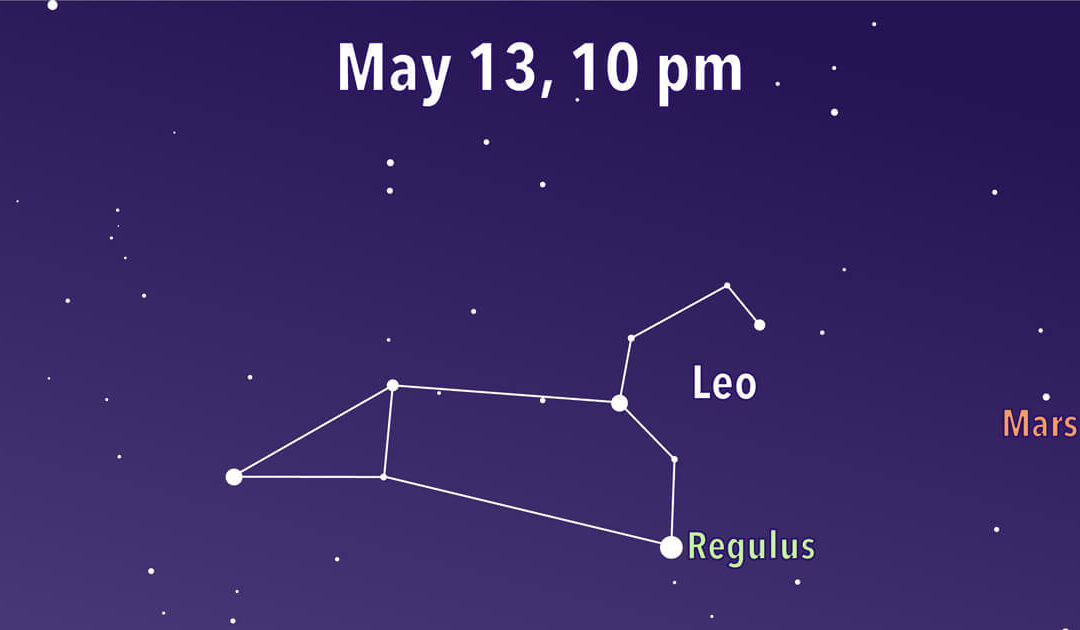
Stargazing: Leo the Lion still regal in the sky
Leo the Lion, the twelfth largest constellation, still regally rules the springtime heavens. It is easy to spot the distinctive backward question mark shape that creates the mane of Leo. A triangle of stars forms the hindquarters. Home > Blog [acf...
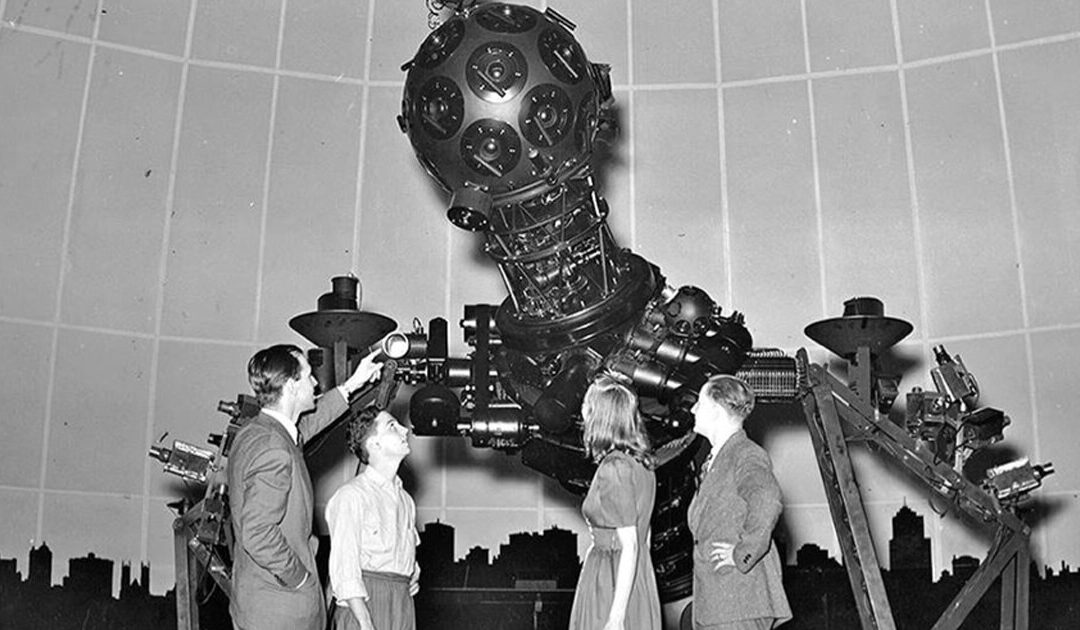
Stargazing: 100 years Planetariums/The beginning of Buhl to today
Pittsburgh's Carnegie Science Center holds the honor of hosting the fifth major Planetarium built in the United States. Home > Blog ...
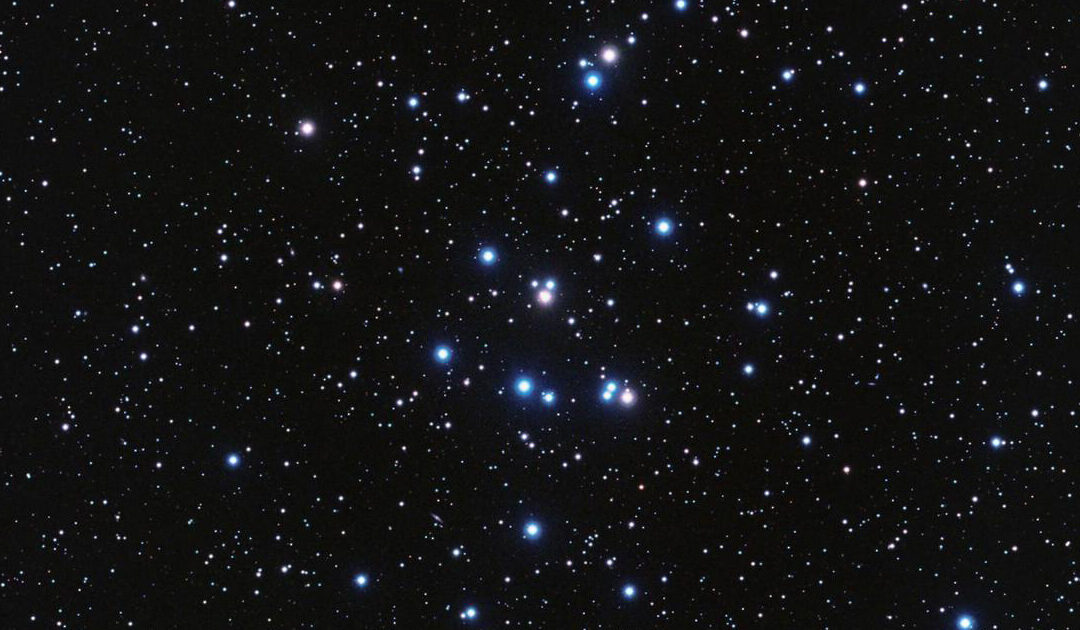
Stargazing: Mars and M44 – Beehive Cluster – close approach May 5
Mars has been dimming from our skies, but its rusty hue is still distinctive to spot. On May 5, a night with a waning gibbous moon, Mars will be in a picturesque conjunction with the open star cluster M44. Home > Blog April 29, 2025 [sv...
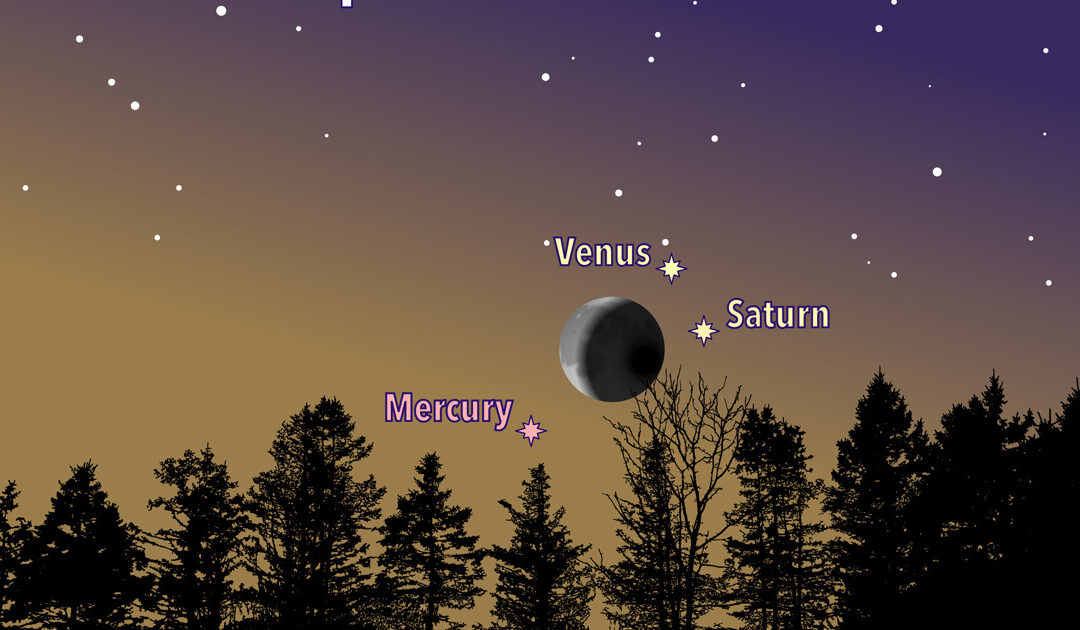
Stargazing: Conjunction Moon, Saturn Venus, Mercury and 55th Anniversary of Earth Day
Early morning skies are putting on a pretty show with Mercury and Saturn, very low to the horizon, visible below a gleaming Venus. On March 25, at 5:45 am, the planetary trio topped by Venus teams up with a waxing crescent moon until sunrise. Home > Blog April...
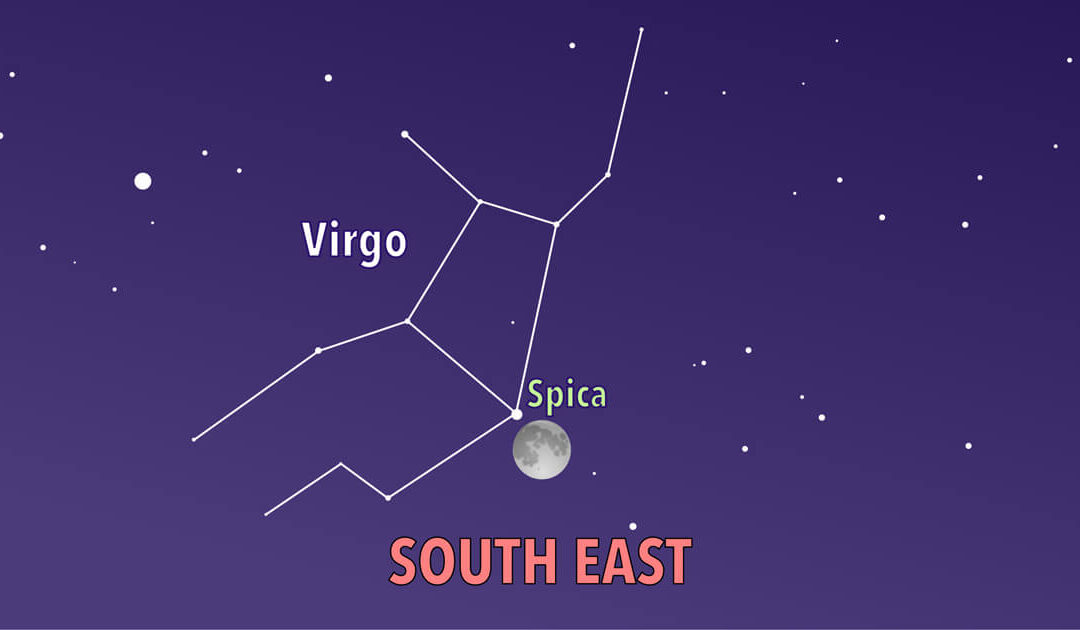
Stargazing: Full Moon and Spica
What You Need to Know About the Latest Outbreak in the United States. Home > Blog April 8, 2025 April’s full moon is commonly nicknamed, the Pink Moon, a tribute to Spring as early blooming pink...
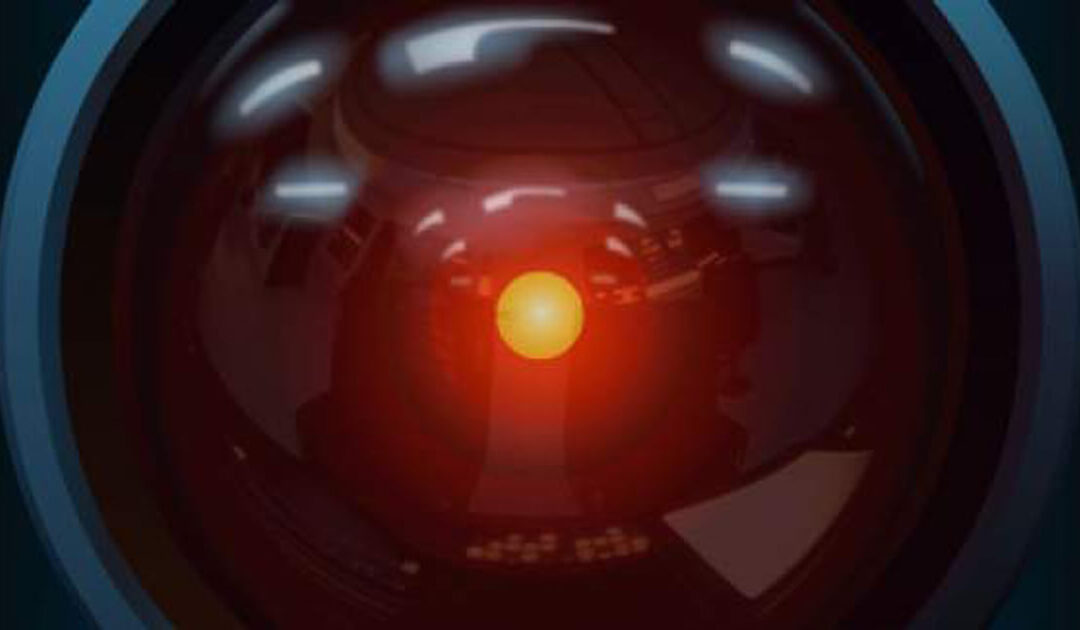
Stargazing: 2001: A Space Odyssey released: HAL and current AI
Stanley Kubrick’s “2001: A Space Odyssey” premiered on April 2, 1968. Far from April 1 foolishness, it was a complex, factually detailed foray into space, the likes of which had never been seen before. Home > Blog Stargazing April 1, 2025 [sv...


